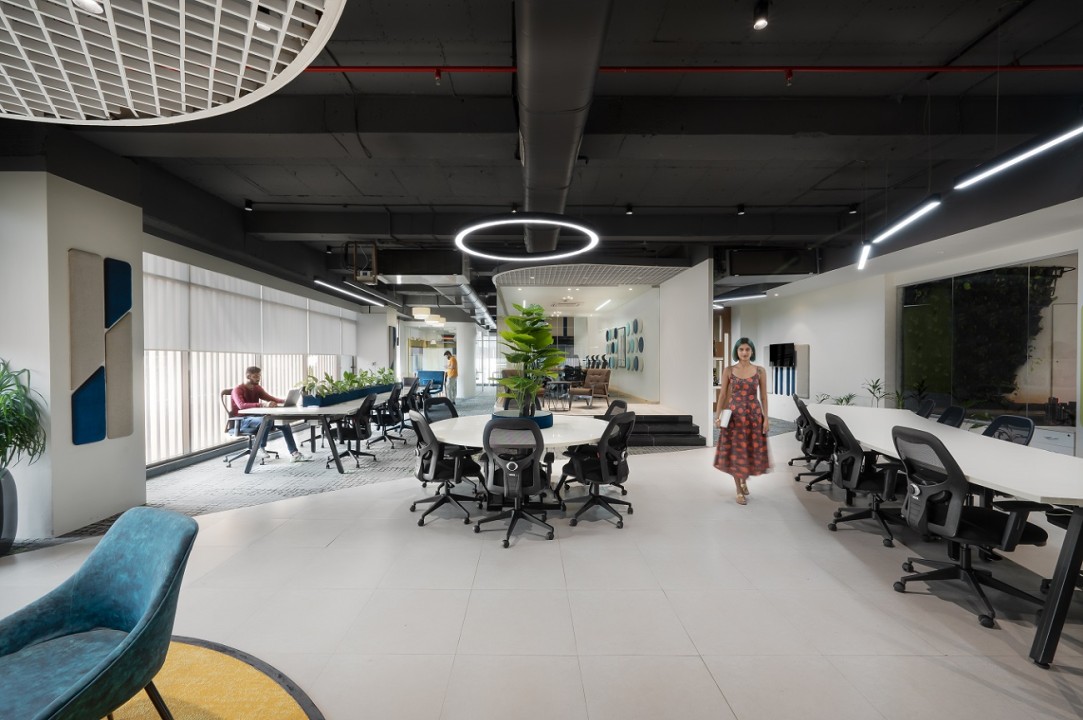Image Source: Google
Collaboration is a key driver of success in any organization. When team members work together effectively, they can achieve more, innovate faster, and create better outcomes. One way to enhance collaboration within a team is through strategic workspace planning. By designing work environments that support and encourage collaboration, organizations can foster creativity, communication, and teamwork among their employees.
The Importance of Collaboration in the Workplace
Collaboration in the workplace is essential for several reasons:
Benefits of Collaboration:
- Improves problem-solving: When team members from different backgrounds and expertise collaborate, they can bring diverse perspectives to solve complex problems.
- Promotes innovation: Collaborative environments encourage sharing of ideas, leading to new and creative solutions.
- Enhances communication: Collaboration fosters open communication among team members, leading to better understanding and alignment.
- Increases productivity: Working together can streamline processes, reduce duplication of efforts, and increase efficiency.
Strategic Workspace Planning for Collaboration
Strategic workspace planning involves designing the physical environment to support collaboration and teamwork. Here are some key strategies to boost collaboration through workspace planning:
Flexible Workspaces
- Create open, flexible workspaces that can be easily reconfigured to accommodate different team sizes and projects.
- Include collaborative areas like meeting rooms, breakout spaces, and lounge areas to promote spontaneous interactions and brainstorming sessions.
Technology Integration
- Provide technology tools like video conferencing systems, collaboration software, and shared workspaces to facilitate virtual collaboration among remote teams.
- Ensure that the workspace is equipped with high-speed internet and other essential technology for seamless communication and collaboration.
Natural Light and Greenery
- Design workspaces with abundant natural light and indoor plants to create a more inspiring and energizing environment for employees.
- Studies have shown that exposure to natural elements can improve mood, creativity, and overall well-being, leading to better collaboration.
Dedicated Collaboration Zones
- Allocate specific areas in the workspace for collaboration, such as project rooms, team pods, or innovation labs, where team members can gather to work together on tasks.
- These dedicated zones should be equipped with tools and resources that support group work, such as whiteboards, projectors, and comfortable seating.
Measuring the Impact of Workspace Planning on Collaboration
It is essential to evaluate the effectiveness of workspace planning strategies in boosting collaboration. Here are some ways to measure the impact of workspace design on collaboration:
Employee Feedback
- Conduct surveys and gather feedback from employees about their experience working in the redesigned workspace.
- Ask specific questions about how the new workspace layout has affected their ability to collaborate with colleagues.
Observation and Analytics
- Use tools like heat maps, occupancy sensors, and collaboration software analytics to track how employees are using the workspace.
- Observe interactions, meeting frequency, and collaboration patterns to identify areas for improvement.
Performance Metrics
- Measure key performance indicators related to collaboration, such as project completion time, team productivity, and innovation outcomes.
- Compare performance data before and after implementing workspace planning strategies to gauge the impact on collaboration.
Conclusion
Strategic workspace planning plays a crucial role in boosting collaboration within an organization. By creating flexible workspaces, integrating technology, incorporating natural elements, and providing dedicated collaboration zones, organizations can create an environment that fosters teamwork, communication, and innovation among their employees. Measuring the impact of workspace design on collaboration is essential to continuously improve and optimize the work environment for better outcomes.

